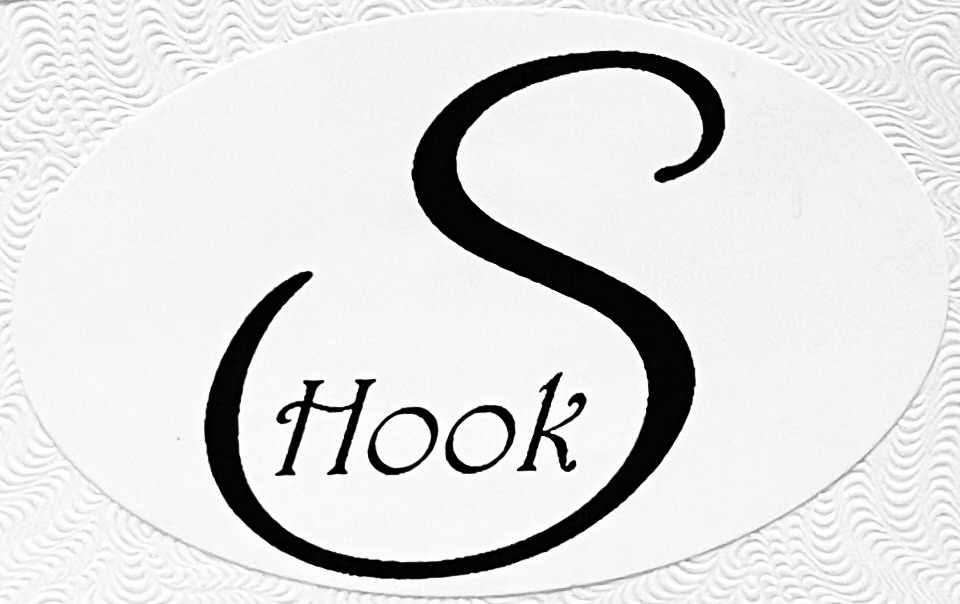
HISTORICAL / ERGONOMIC
CHIN REST
violin or viola
Kindly fill out the form below
We can help you can design your own version
woods: padauk/ african blackwood/ basswood/ cedar/ boxwood/rosewood (NOTE: we have had clients with allergy reactions to rosewood, who did not know that they were allergic before!)
clamps: Clamps nickel gold/silver/Hill style gold/silver-also titanium clamps are available in Hill and regular style at additional $29 cost.
Note: additional $20 may be applied for extra height or additional items.
1. The "regular version" is over the tail piece, and is fairly flat from left to right. height over tailpiece 1"2/16.

African Blackwood
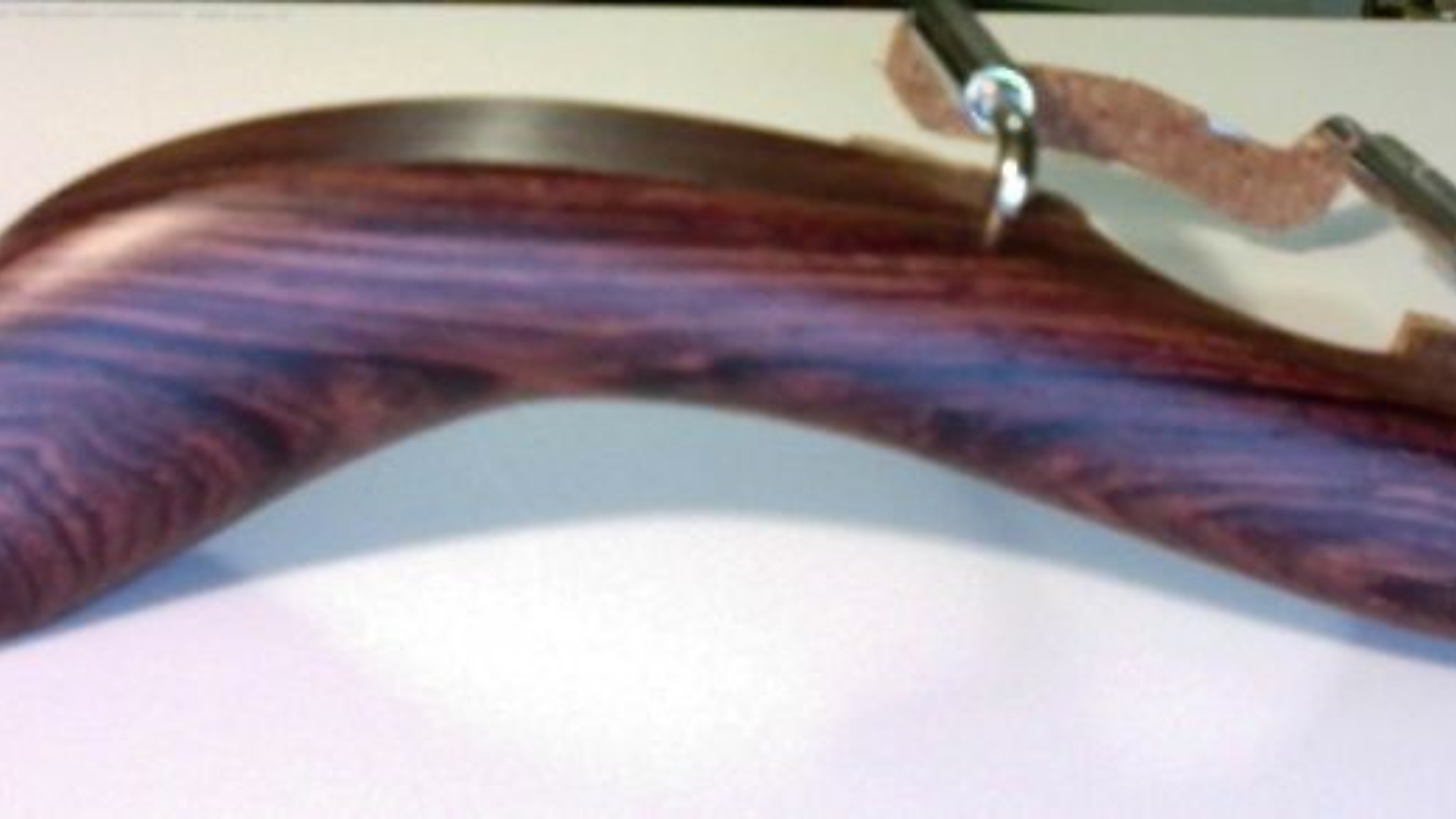
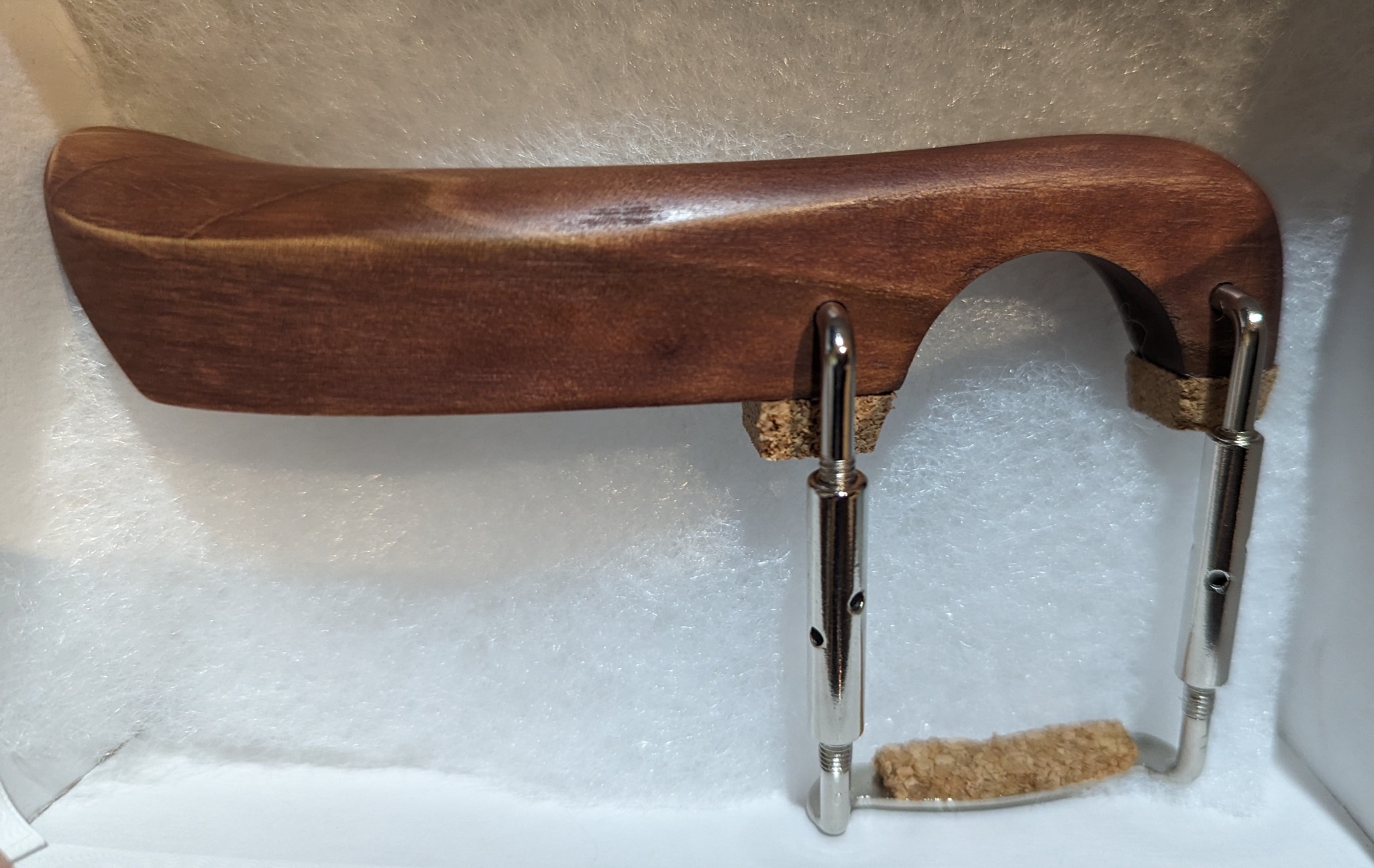
Boxwood
Rosewood-We have had clients with allergy reactions to rosewood, who did not know that they were allergic before!
Padauk wood pictured (reddish), with a lower height over the tailpiece

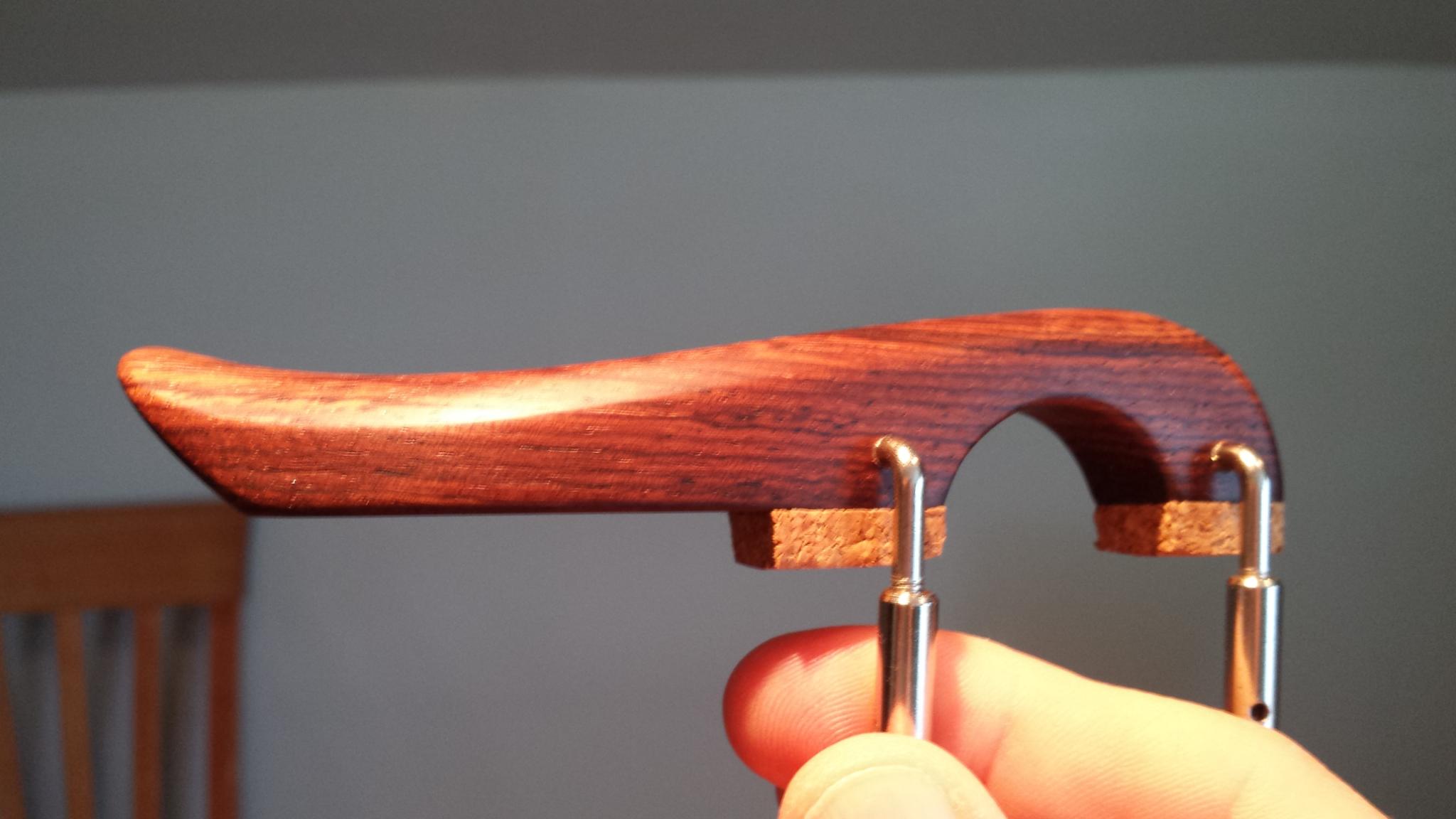
Cedar wood pictured below (light brown)
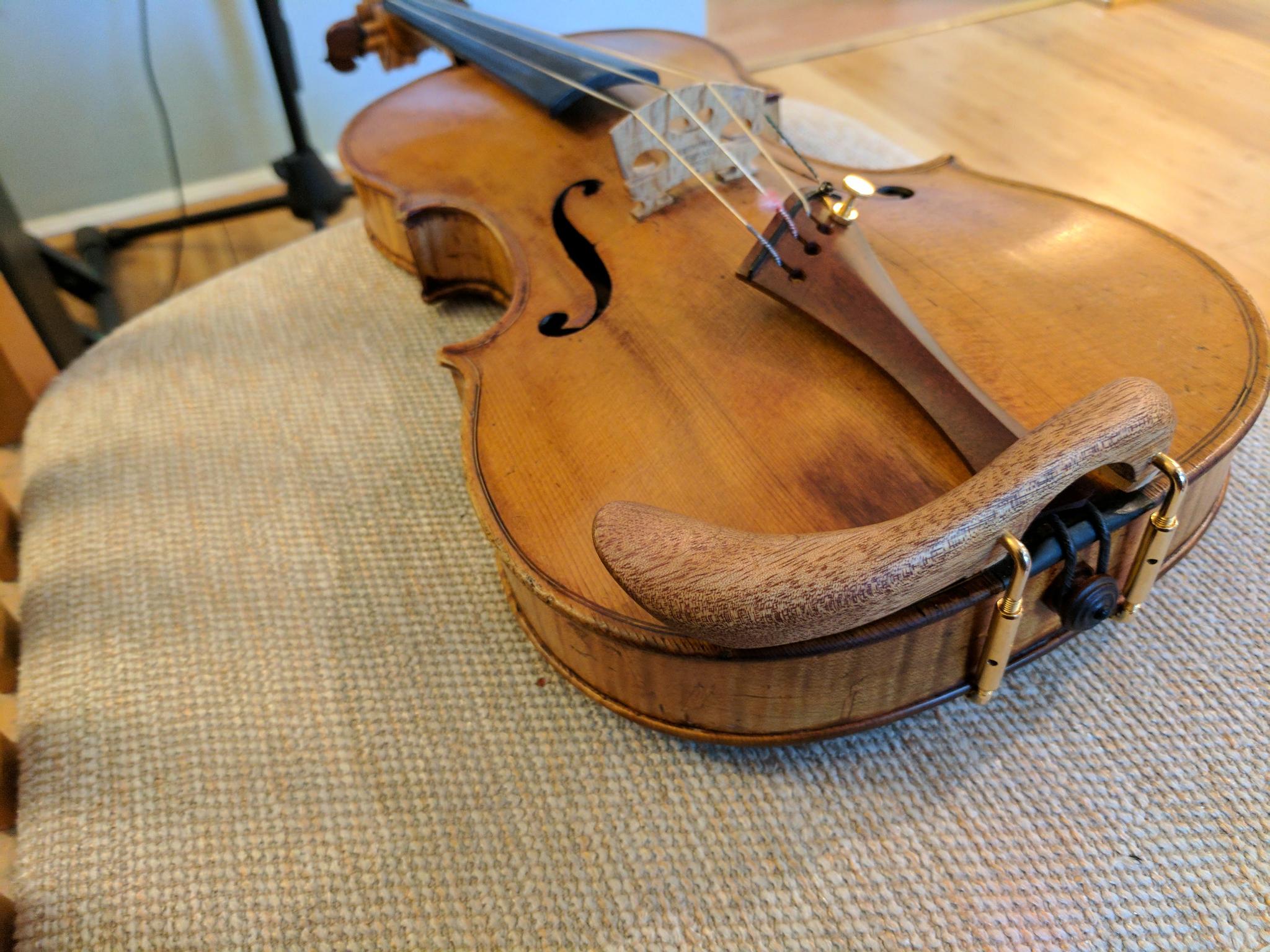
2. Various curvatures, pictured here with rosewood.
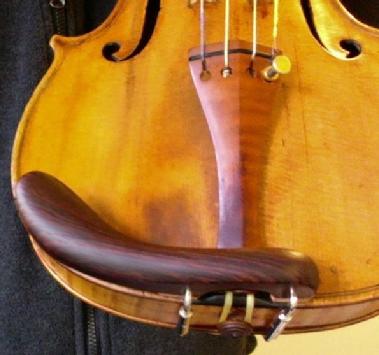
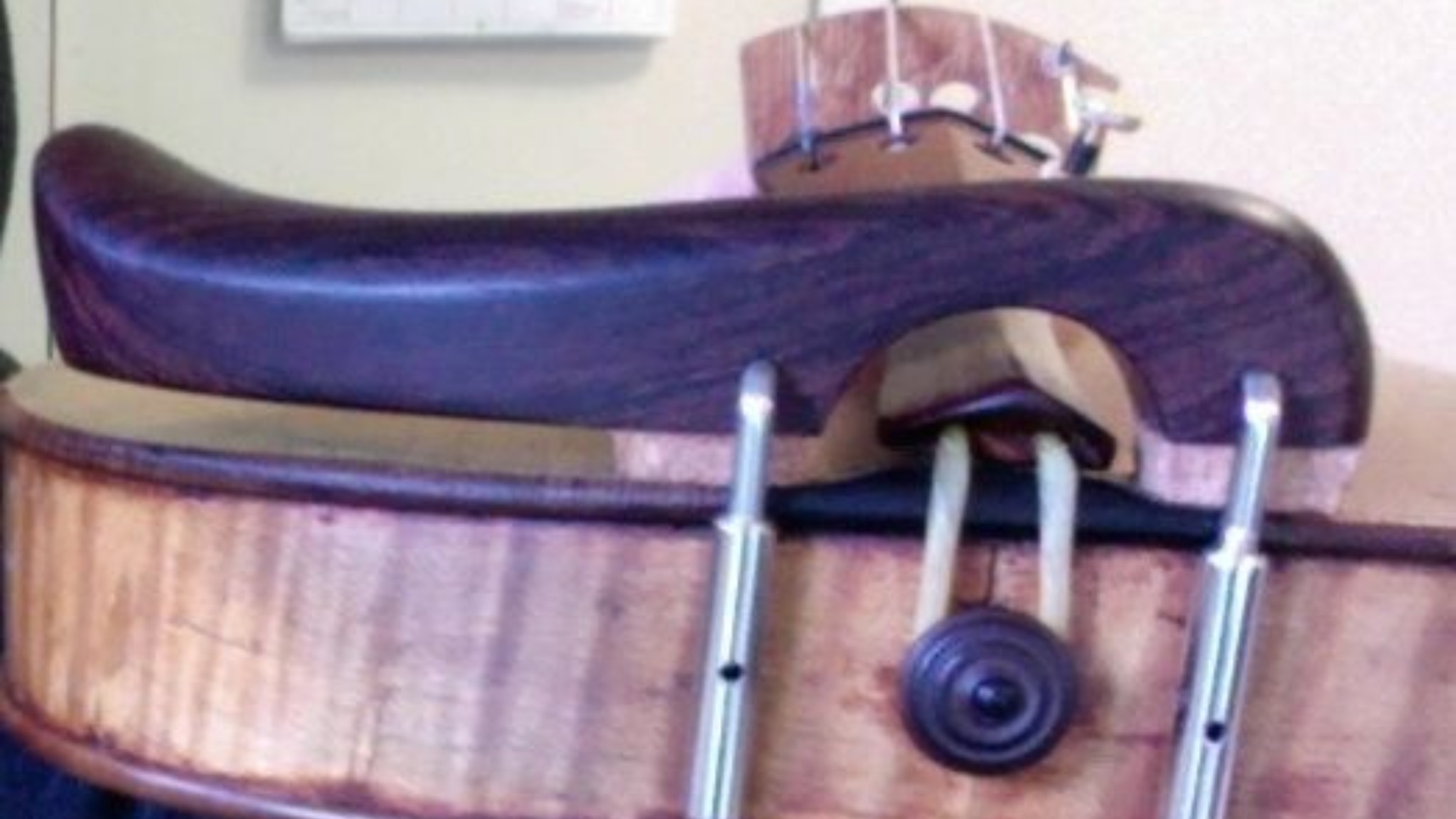
3. Side-chin rests available with various heights and curvatures

DOMESTIC -New York State only, click on "Add to Cart" to make a payment through Paypal or credit card , $140 plus $10 shipping and handling, =$150
DOMESTIC -not New York State, click on "Add to Cart" to make a payment through Paypal or credit card , $140 plus $23 shipping and handling, =$163
For International orders please fill out the form below and specify
your country for calculating the proper shipping fees. Payment information will be sent to you directly.
Original 19th century historical chin rest inspiration
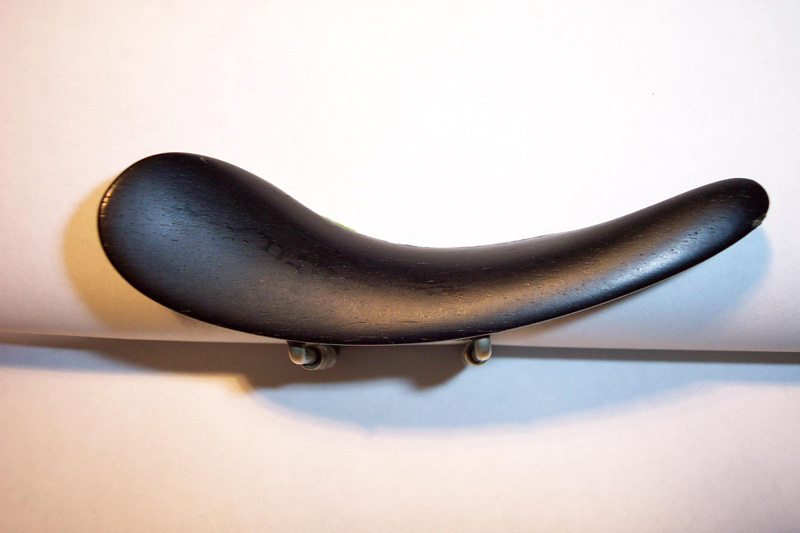
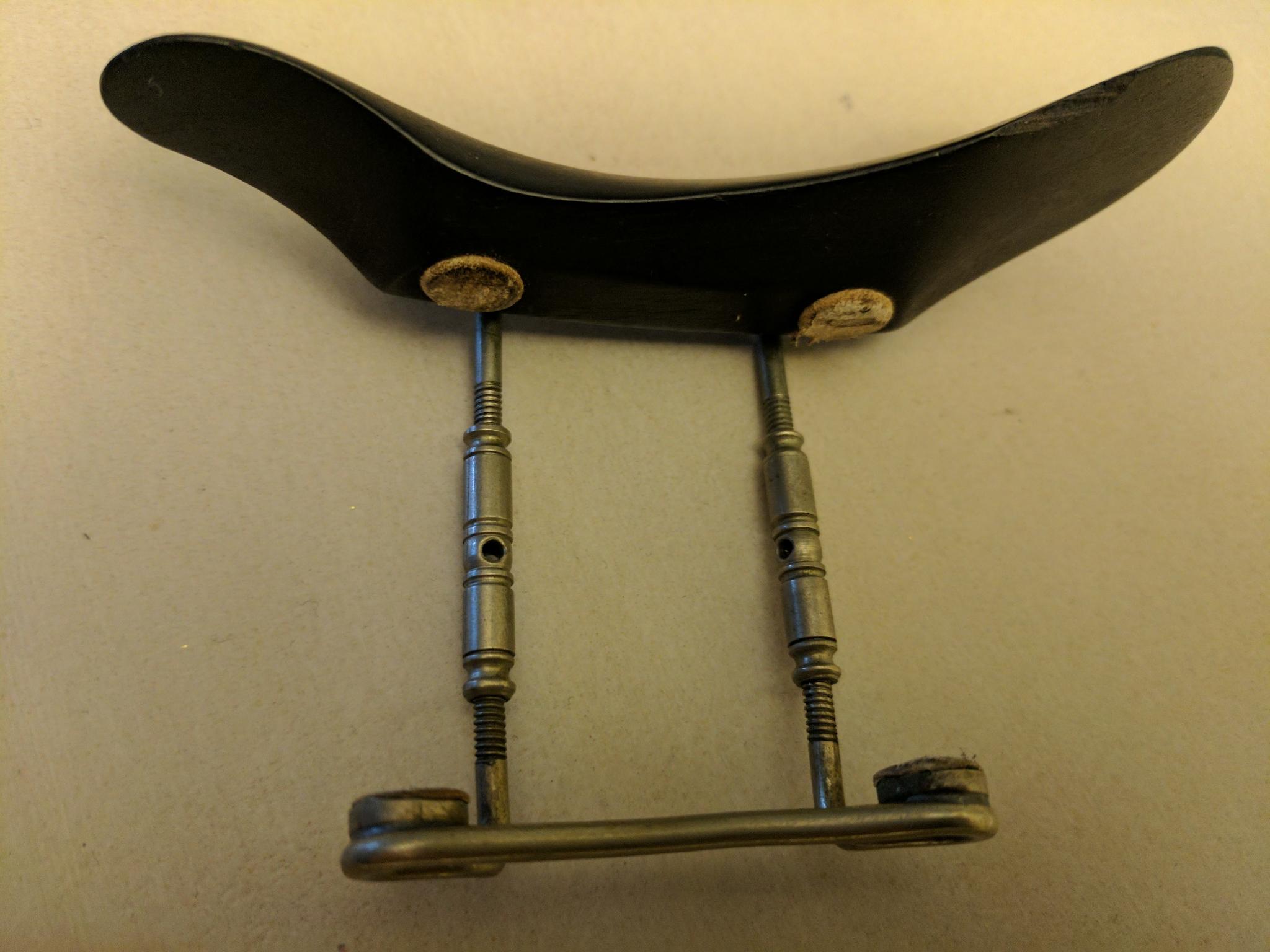
However, most violinist are in need of a chin rest, especially in shifting to a lower position and feeling secure anywhere on the violin, with, or without, a shoulder rest. Often the head and chin pressure becomes involved and, if not checked carefully, discomforts can arise.
Many of the finest performers of our time have found this chin rest to be a great aide in the discovery of a greater ease in playing, especially under pressure.